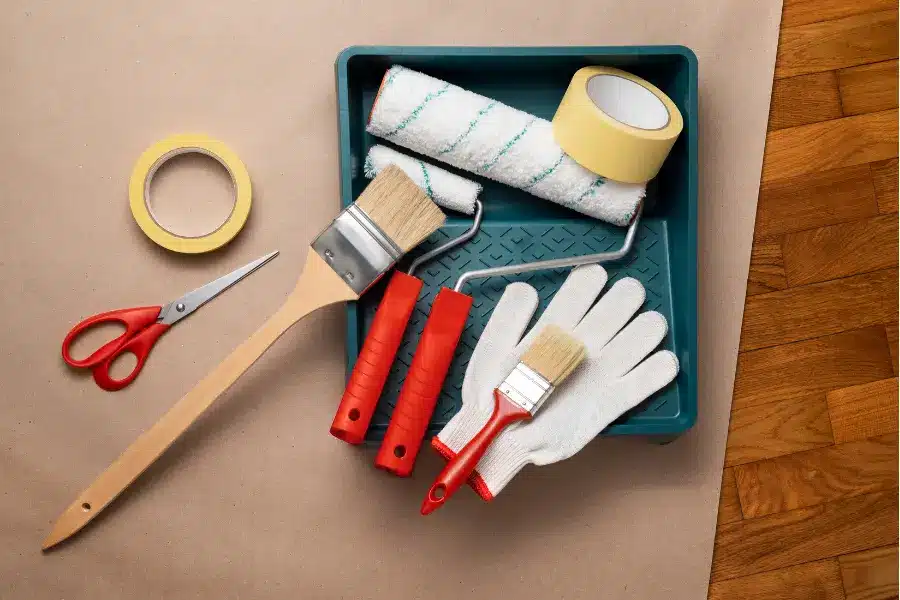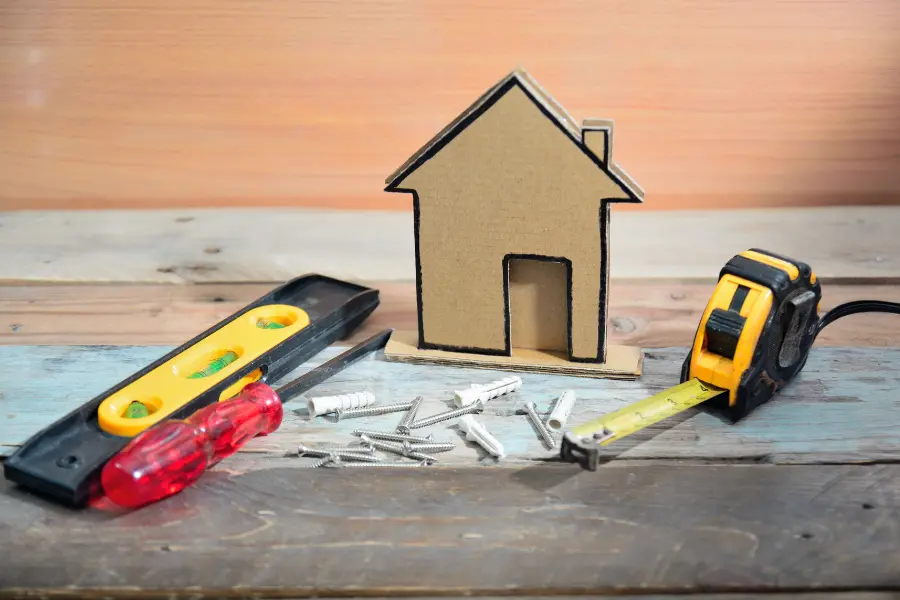One of the most common questions homeowners ask is how to budget for home repairs. After all, home repairs can be very expensive, and unexpected repairs can put a damper on your finances. Whether you set aside money each month, use a personal loan for home improvement, or scout out the best deals, you have options to finance expensive repairs.
Tips on budgeting for home repairs

One option is to set aside a specific amount of money each month into a savings account or home repair fund. This way, when unexpected repairs come up, you’ll have the money saved to cover the cost.
Another option is to find great deals. Look for sales at your local home improvement store, check online for discounts, find coupons, and do some research and compare prices. You can also find discounts if you buy in bulk. Another way to save money is to do the work yourself. If using a contractor, shop around and negotiate before agreeing to work with one.
Finally, you can get a home improvement loan. This can be a good option if you don’t have the money saved up and you need to finance larger repairs. Home improvement loans are a popular way to finance renovations and repairs, but they’re not the only option. Personal loans, home equity loans, and lines of credit can all be used for home improvements. So which type of loan is best for your project? That depends on several factors, including the cost of the project, the value of your home, and your financial situation.
If you’re considering a home improvement loan, here are a few things to keep in mind:
Home improvement loans are available from a variety of lenders, including banks, credit unions, and online lenders.
Interest rates on home improvement loans are typically higher than rates on other types of loans, such as personal loans or home equity loans. This is because home improvement loans are considered riskier than other types of loans.
Loan terms for home improvement loans are typically shorter than terms for other types of loans. This means that you’ll have to pay back the loan more quickly, but it also means that you’ll have less time to accumulate interest charges.
Home improvement loans can be used for a variety of purposes, including home renovations, repairs, and landscaping.
Before you apply for a home improvement loan, it’s important to calculate the cost of your project and compare it to the value of your home. This will help you determine whether or not you can afford the loan.
It’s also important to consider your financial situation when applying for a home improvement loan. Your credit score, income, and debts will all be factors in determining whether or not you qualify for a loan.
If you’re thinking about taking out a home improvement loan, be sure to compare offers from multiple lenders to get the best interest rate and terms. And remember, it’s important to consider your financial situation before taking on any new debt. Whatever method you choose, budgeting for home repairs is essential to keeping your home in good condition and your finances in order. By being prepared, you can avoid financial stress when repairs come up and keep your home in tip-top shape.


